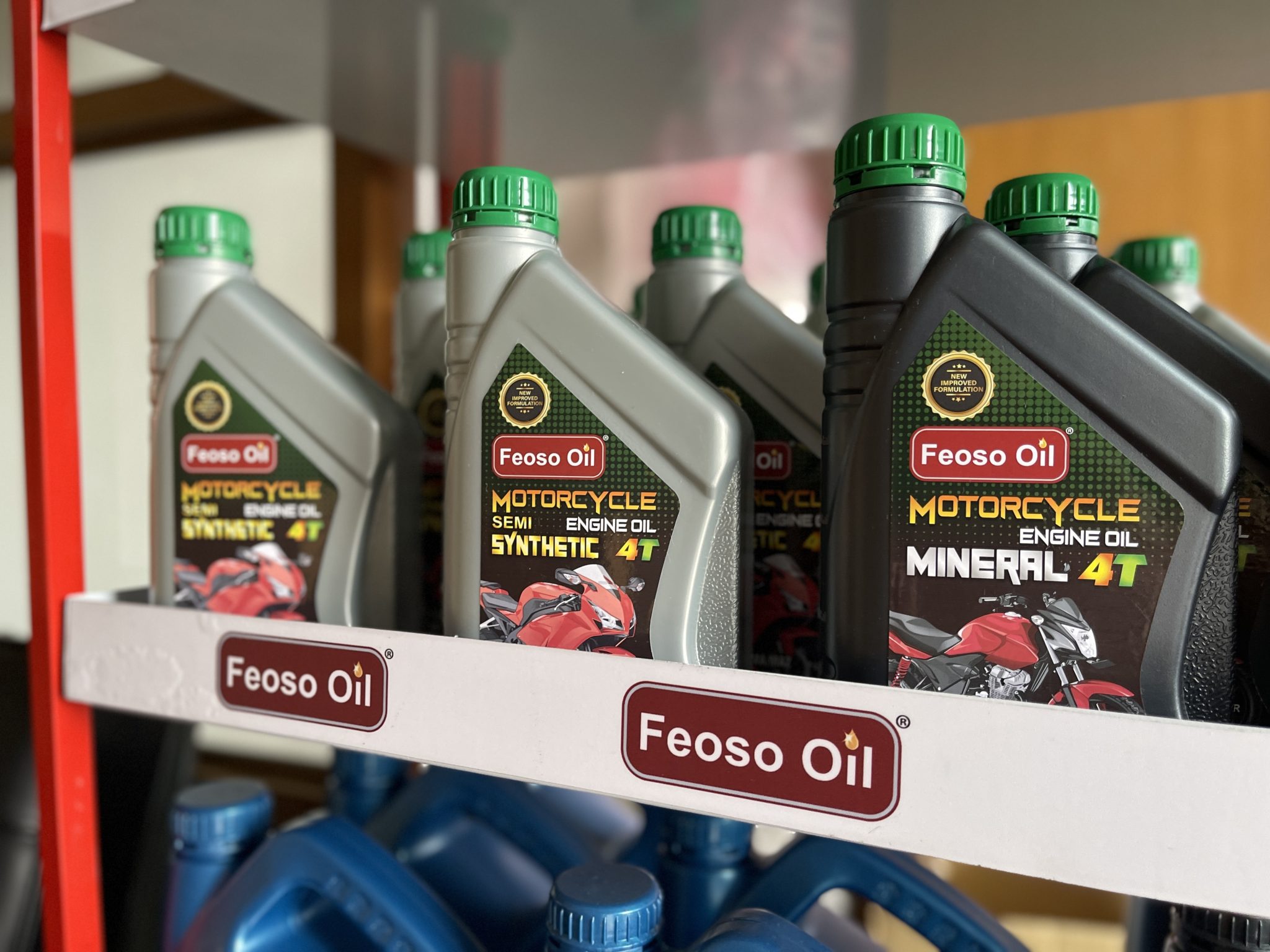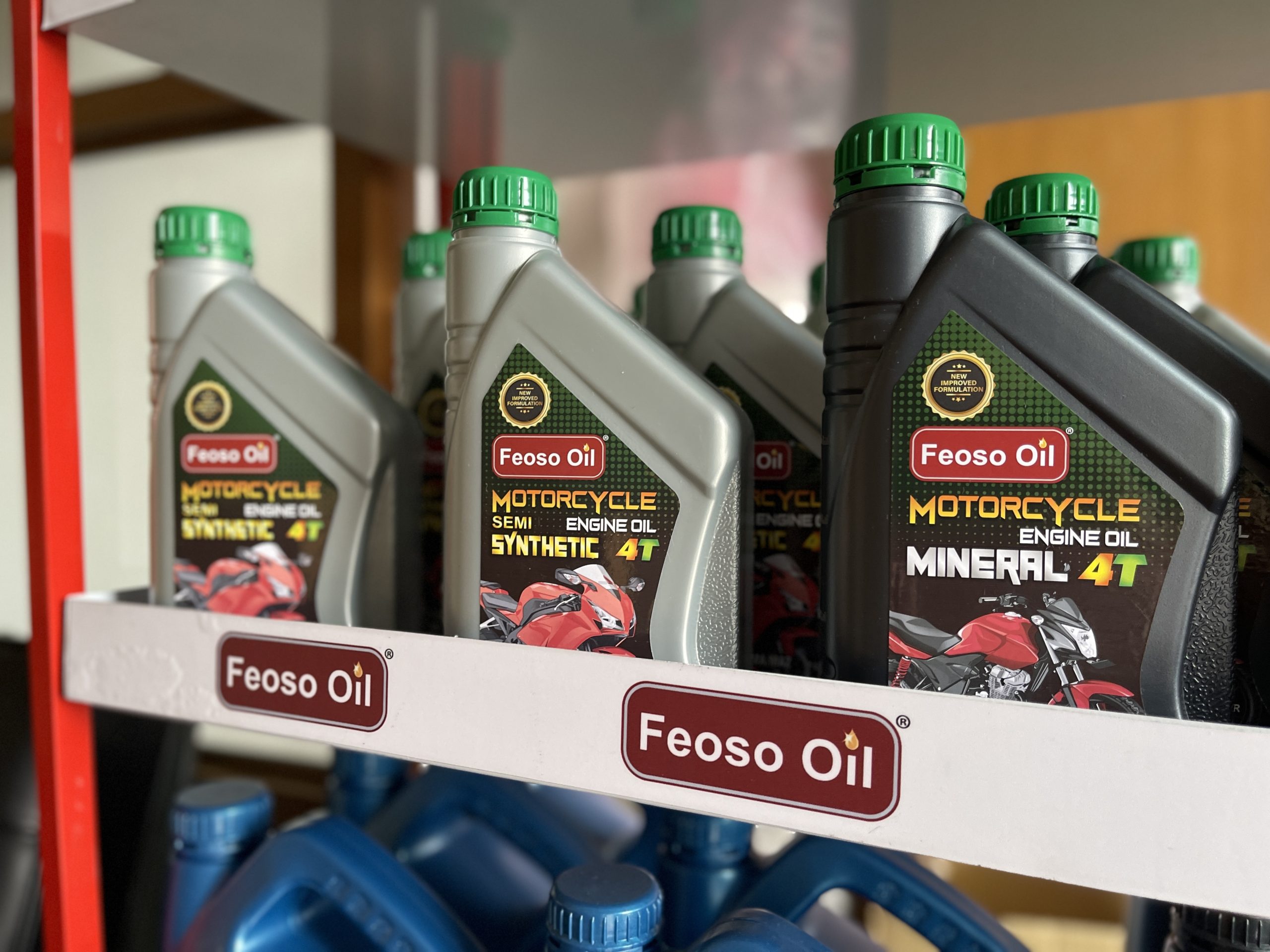As a new motorcyclist, there’s nothing quite like the thrill of hitting the open road on your two-wheeled machine. But with great power comes great responsibility, and that includes taking care of your bike’s engine. One crucial aspect of motorcycle maintenance is selecting the right engine oil and knowing how to maintain it. In this article, we’ll cover the basics of engine oil selection and maintenance, ensuring your bike stays in top shape for many adventures to come.

Motorcycle-specific oil vs. car oil
When selecting engine oil for your motorcycle, always opt for motorcycle-specific oil. Though it might be tempting to use car oil, it’s essential to understand that motorcycle engines have unique requirements. Motorcycle-specific oils contain additives that protect against clutch slippage, ensure proper transmission lubrication, and provide better protection at higher RPMs. Motorcycle oils come in both 2 stroke (2T) and 4 stroke (4T) specifications, thus it is crucial you get the right one for your bike.

Mineral, semi-synthetic, or synthetic oil
There are three primary types of engine oil: mineral, semi-synthetic, and synthetic. Mineral oil is the most basic and least expensive option, but it offers less protection and requires more frequent changes. Semi-synthetic oil is a blend of mineral and synthetic oils, offering a balance between performance and cost. Synthetic oil is the highest-performing and most expensive option, providing superior protection, longer service intervals, and better performance at extreme temperatures. Depending on your budget, all types of lubricants will provide adequate protection for your ride.
Viscosity and climate considerations
When choosing engine oil, you must also consider the oil’s viscosity, which is its resistance to flow. Higher temperatures like here in Malaysia can cause oil to thin out, reducing its ability to protect and lubricate engine components effectively. To counter this, opt for an oil with a higher viscosity index, which ensures that the oil retains its protective properties even in hot conditions. Be sure to follow the manufacturer’s guidelines for your motorcycle, taking into account the tropical climate in which you’ll be riding, as this can significantly impact the oil’s performance.

Engine Oil Maintenance Tips
- Regular oil changes
One of the most critical aspects of engine oil maintenance is regular oil changes. Refer to your motorcycle’s owner’s manual for the recommended oil change intervals. However, keep in mind that factors such as frequent short trips, high-performance riding, or riding in extreme temperatures may require more frequent oil changes.
- Check oil levels
Regularly check your motorcycle’s engine oil level using the dipstick or sight glass, depending on your bike’s design. Maintain the oil level within the recommended range to ensure proper lubrication and prevent potential engine damage. Be sure to perform these checks when the engine is cold and the bike is level for accurate readings.
- Inspect for leaks
Periodically inspect your motorcycle for oil leaks, particularly around the oil filter, drain plug, and engine seals. If you notice any leaks, address them promptly to prevent engine damage and maintain optimal performance.
- Use a quality oil filter
When changing your engine oil, it’s crucial to use a quality oil filter specifically designed for your motorcycle. A good oil filter will efficiently remove contaminants, helping to prolong the life of your engine oil and protect your engine.
The importance of proper engine oil selection and maintenance cannot be overstated for new riders. By choosing the right oil for your bike, regularly checking oil levels, and staying on top of oil changes, you’ll not only protect your motorcycle’s engine but also ensure a smoother, more enjoyable riding experience. So gear up, hit the road, and enjoy the ride knowing that you’ve taken the necessary steps to keep your bike in tip-top shape.



